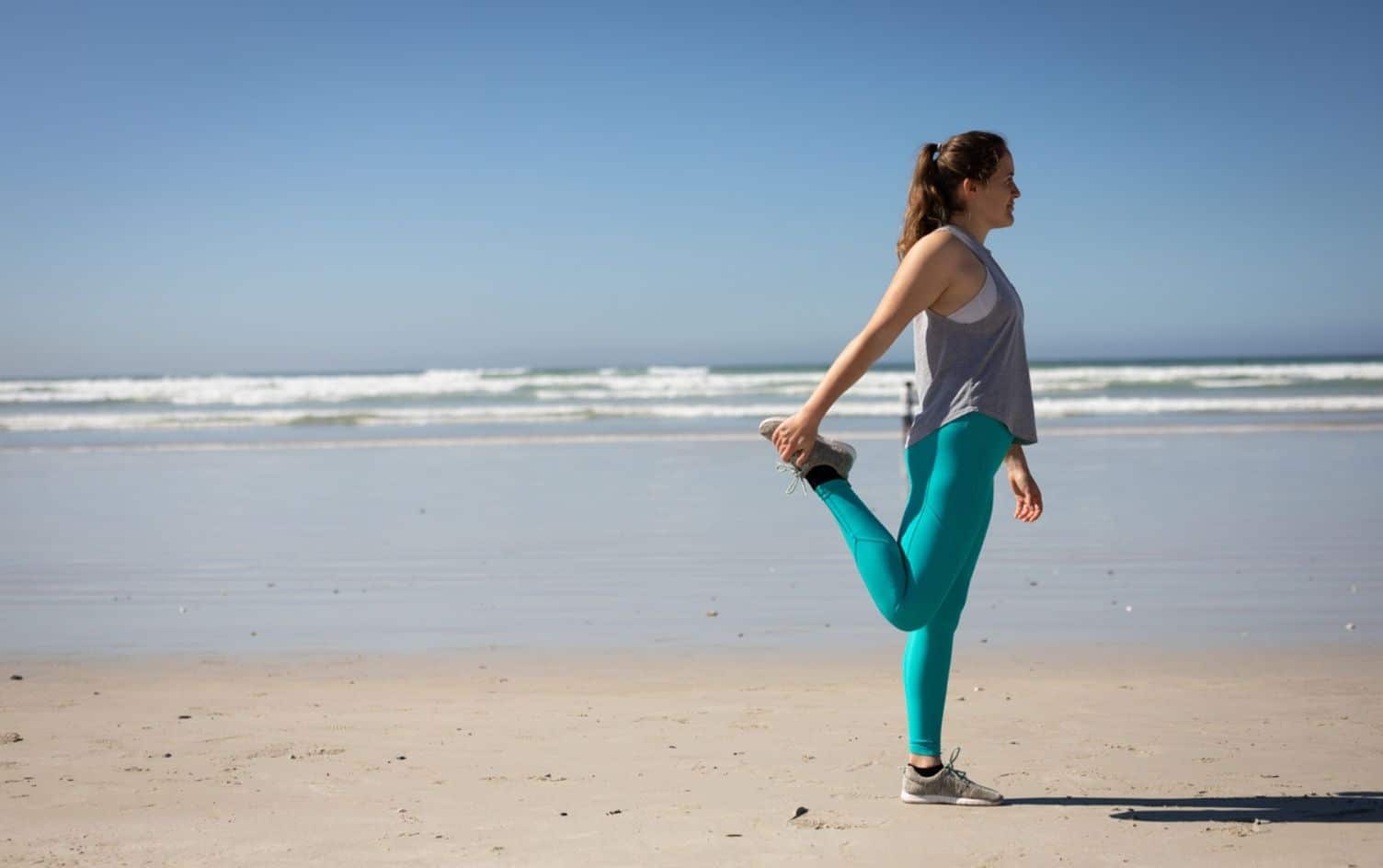Deadlifting a barbell off the floor or sprinting on a treadmill at full speed looks cool, but there’s more to training than those flashy moments. Standing on one foot and balancing while closing your eyes may not be the most exciting form of training, but sometimes it’s necessary — and it’s harder than you think.
WHO BENEFITS FROM BALANCE TRAINING
Healthy people who go to the gym and do lower-body exercises can improve their balance to get better at single-leg exercises. If you participate in a sport like boxing that requires balance, you probably want to improve, too. Good balance is also beneficial for people who have been injured and need to get back in shape. For example, a May 2018 study published in Gait & Posture showed balance training helps people with knee replacements recover faster and better.
Often, people who’ve had a stroke or a neurological disease like Parkinson’s disease need help with their balance. These populations can benefit from working on their balance and proprioception skills.
Older people should include some form of balance training in their fitness regime to prevent falls. As you age, you’re increasingly prone to tripping and falling at home or while walking in public. It might seem minor, but falls can be catastrophic.
In fact, the World Health Organization reports that falls are the second-leading cause of accidental death worldwide. Adults over the age of 65 are particularly prone to accidental falls. Even a small trip at home can cause a broken bone, infection or concussion and should be avoided at all costs. Working on your balance can help prevent injury or even death.
If you think balance training is important for you, the next step is to figure out how to train. There’s no readily available training program to improve your balance, which is why research on improving balance seems so inconclusive.
WAYS TO IMPROVE BALANCE
A March 2016 article published in Sports Medicine showed balance exercises only improved balance in those specific movements. For example, standing on one leg makes you better at standing on one leg, but it won’t necessarily make you better at lunges.
This is important to note because you shouldn’t think of balance as one skill. In fact, you don’t need to train your balance directly to see improvements. A January 2016 study published in Age and Ageing showed practicing yoga helped people over the age of 60 improve their balance. However, the researchers weren’t sure whether this improvement could help prevent falls.
Yoga is helpful because certain poses require you to balance. Similar activities, like tai chi, also help you improve your balance. However, if you can’t see yourself in a yoga or tai chi class, the weight room is still a viable option.
A July 2019 study published in the Scandinavian Journal of Medicine & Science in Sports was very insightful. Participants performed a basic strength-training program but were split into two groups. The first group used unstable surface training (i.e., Bosu balls, swiss balls and balance boards) and the other used stable surfaces.
While unstable surfaces were supposed to help improve balance, researchers found there wasn’t much difference between the unstable and stable surface training group. They also found that a basic strength-training program improves your balance and can make older adults less fearful of falling.
THE ROLE OF VIRTUAL REALITY
Technology is making new methods of improving balance possible. Virtual reality is a new frontier in balance training that seems to work well. Using virtual reality goggles for training sessions has been shown to improve balance in older populations, according to a 2016 study published in Sports Medicine. However, it’s not as effective as traditional balance training. If you really want to improve your balance, you should set aside time in your workouts specifically for that purpose. Doing drills that challenge your balance for 90–120 minutes per week is plenty to improve your balance, according to a 2015 study published in Sports Medicine.
According to the study, you should break up your balance training into 2–3 sessions per week; each session should last 30–45 minutes. The authors explain age is irrelevant when it comes to the amount of time you should train, so anyone trying to improve their balance can stick to these guidelines.




